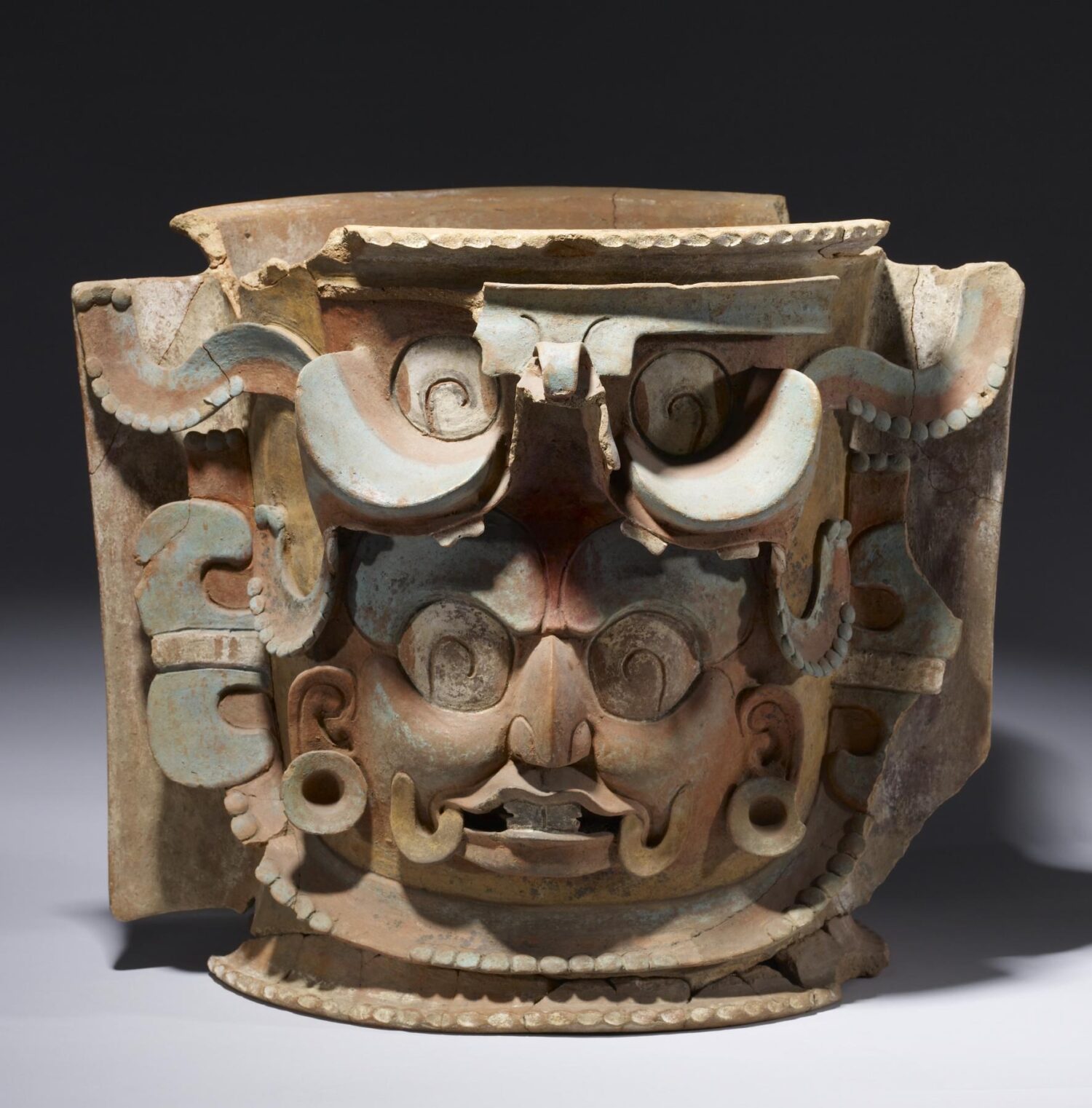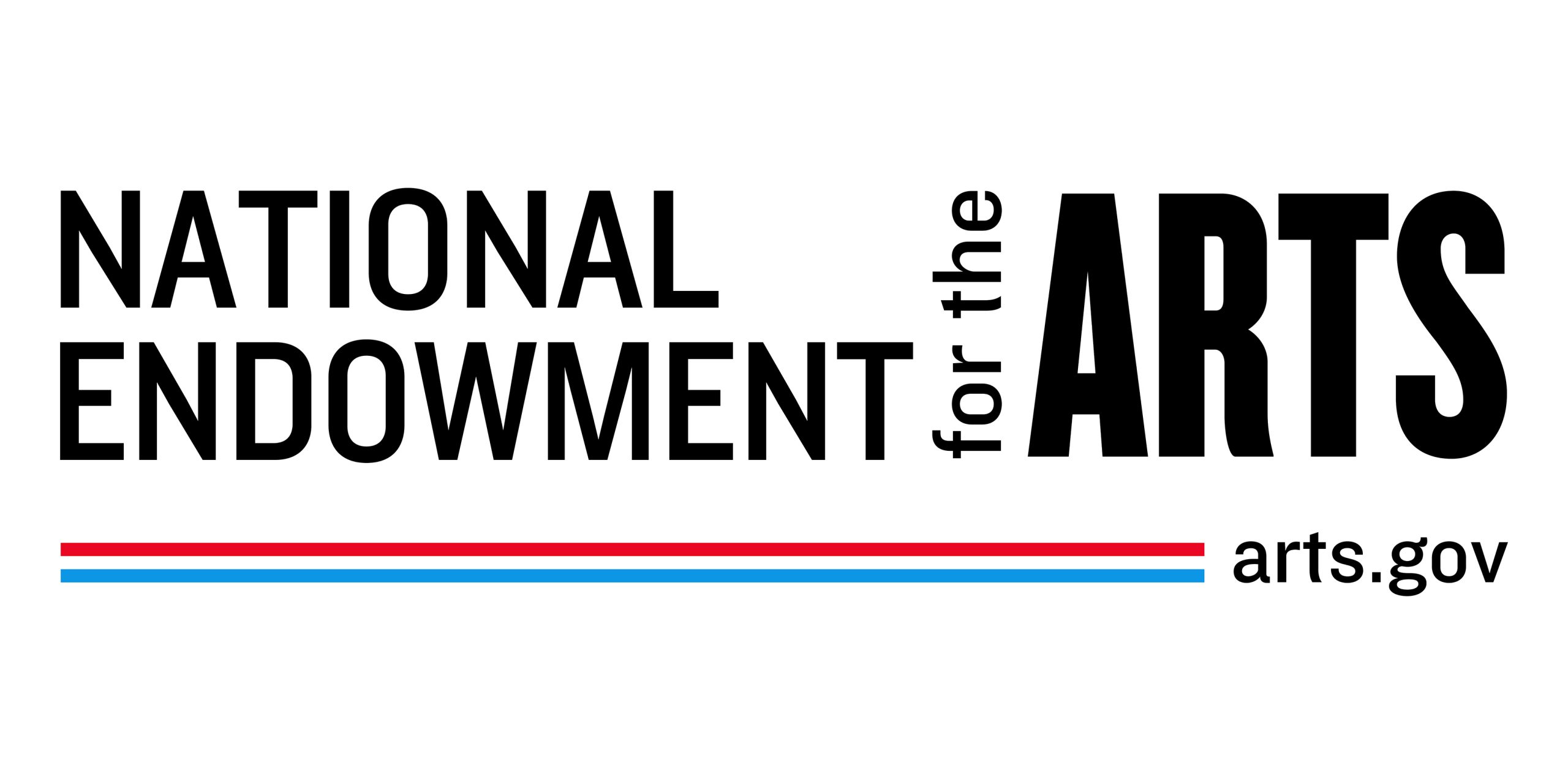From 3000 BCE until the year 1492 CE when Europeans accidentally encountered the Western Hemisphere, the cultures of Mesoamerica, Central America, and Andean South America forged innovative paths of social, intellectual, spiritual, and artistic development. They created marvels of engineering, constructing the hemisphere’s tallest building at Teotihuacan in central Mexico (surpassed only in 1931 by the Empire State Building) and devising irrigation systems that moved water more than 160 miles from an altitude of 18,000 feet in the Peruvian Andes Mountains to the Pacific Coast. In Mexico and Guatemala, writing systems recorded history and astronomical data that accurately tracked planets and predicted eclipses. Long-distance travel from as far north as present-day Illinois to the Caribbean Islands and the Amazon Basin not only transported commodities but also practical, religious, and artistic knowledge. In every way, the ancient Americas constitute one of the world’s majestic cradles of civilization.
The John Bourne Collection is the creation of one man whose life was transformed in 1945 by a remarkable trip into the jungles of southern Mexico. On one expedition, he and another explorer are believed to have become the first non-Maya to see the ruins of Bonampak, a Maya city in southern Chiapas where now-famous painted murals were found only a few months later. Returning to the United States, Mr. Bourne (b. 1927) embarked on a lifelong love of collecting art from this region and others in the ancient Americas. At this time in the 1950s, only a handful of people, including the Mexican artists Diego Rivera (1886–1957) and Frida Kahlo (1907–1954), recognized pre-Columbian artifacts as fine art, equal to that of any culture. This exhibition features select pieces from the John Bourne Collection, presented both as beautiful art forms and as insightful expressions of the indigenous peoples of the Americas.
This exhibition was organized by The Walters Art Museum, Baltimore.








